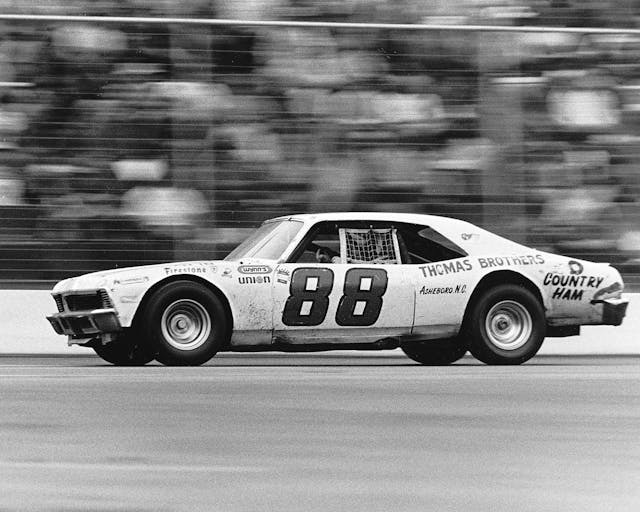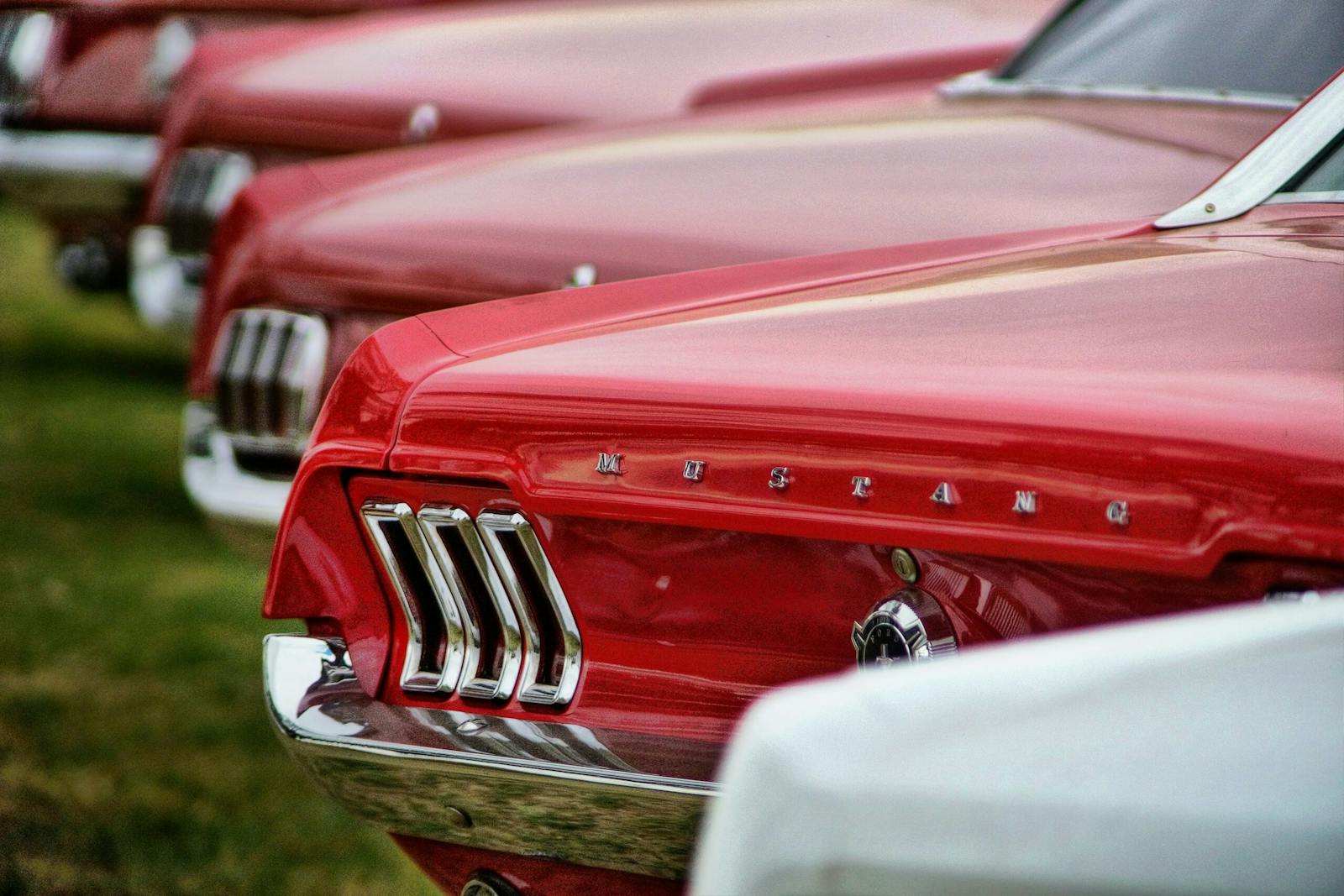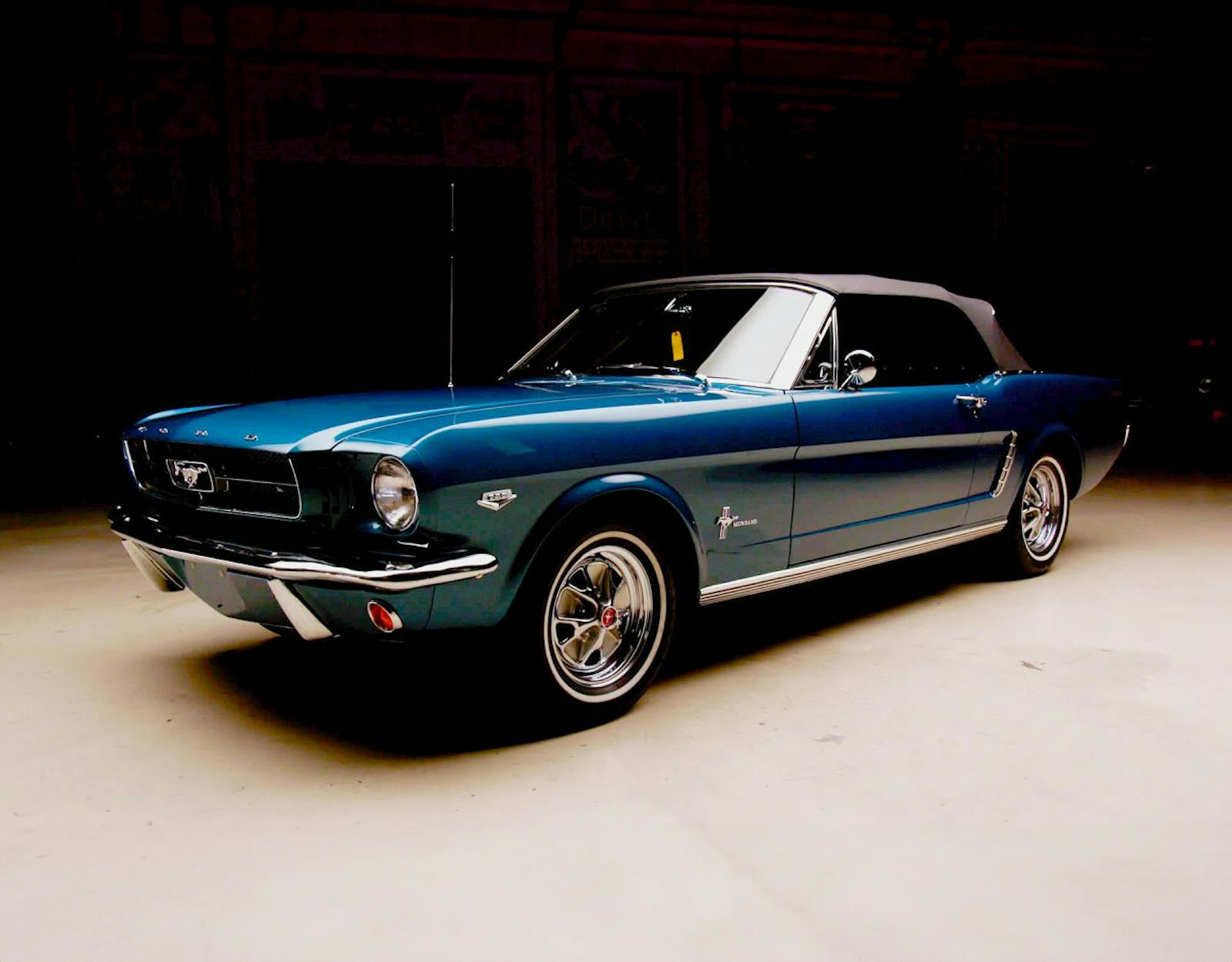’68-’74 Nova: An enthusiast’s blank canvas
Every generation of enthusiasts has a car that lends itself to customization. Whether it’s mechanical simplicity, such as was the case with the Model A, beauty and power—think the small-block-equipped 1957 Chevy—or sheer quantity and dependability, such as the 1990s Honda Civic hatchback, some cars become rolling canvases, practically begging for modification. Each automotive tribe seems to have its own roster. For Bow-Tie-loving speed freaks, there are few better blank-slate cars than the Chevrolet Nova.
GM debuted the car in 1962 as the Chevrolet II. Available in multiple body styles, from a two-door coupe to a four-door wagon, this stubby, basic people mover shuffled down suburban streets with a tiny-for-1960s-America 153-cubic inch four cylinder or a 120-horsepower, 194-cubic-inch straight six. As with most cars during the era, mission creep between the front fenders increased the available engine options to a 327-cubic-inch small block V-8 in less than three years.
In 1968, a new-generation Chevy II rolled onto showroom floors. With a longer wheelbase and coke-bottle styling, the novel Chevy read as a 7/8th-scale Chevelle. And the Nova name, initially the top trim level, now featured more prominently across all trims (the Chevy II moniker was completely abandoned in 1969).
The styling and shape remained largely unchanged until 1975, save for the addition of the bulky five-mile-per-hour bumper in 1973. The boxier ’75 Nova was the beginning of the end, and just three years later production ended to make way for the Citation. By that point, several million of these cheap little cars had been produced. They would, for decades after, be among the easiest, cheapest ways for kids to get into cars.

Kids like me, I fell in love with the 1968–1974 era Novas in large part because my father raced a ’71 in the Street Stock class in his first go on the circle track scene. Novas were seemingly everywhere as I grew up trackside at dragstrips and ovals. With a short wheelbase, relatively light curb weight, and ample room between the rails for a V-8, the Nova was a perfect starting point for a would-be racer. I marveled at the shoehorned big blocks and home-fabricated tubbed rear ends housing massive drag tires, and the extensive prep for circle track racing that strengthened my dad’s Nova for battle.
I always aspired to own one, but by the time I had the disposable income to do so, my shot at a ’68 or ’69—or at least one that didn’t resemble Swiss cheese—was gone. Still, I remained encouraged by the ’73 and ’74 models that remained attainable. “Those years are interesting given that underneath it’s mostly the same as the 1968-72 pre-facelift cars,” says Price Guide Editor Greg Ingold, “but the big bumpers definitely help with affordability.”

As luck would have it, a silver 1974 Nova popped up in Dundee, Michigan, about an hour south of our editorial office in Ann Arbor. After revisiting the Craigslist ad several times to gawk at the car, I decided to call the owner and check it out.
In less than two hours’ time, I was sitting shotgun in the coupe as the seller rowed through the four-speed between two aftermarket bucket seats. The 350-cubic inch small block roared through the Flowmaster dual exhausts. Sold.
With dents on the roof and rockers, it wasn’t perfect, nor was it stock. The front suspension utilized aftermarket A-arms and the rear end came loaded with 4.11:1 gears. The owner explained that he bought the car from someone in California who raced the car. See what I mean about blank canvas? Even Novas roaming the streets are unlikely to have been left untouched.
Following my girlfriend home along I-75, I came to understand why four-speed road-goers aren’t typically armed with such an extreme gear ratio. At 65 miles-per-hour, I sounded like Earnhardt on a flyer. Revs for days.

After a brief stint in Ann Arbor, I road-tripped north to my dad’s shop. Over 250 miles of highways and back roads teased out the muscle car’s shortcomings. The shift linkage jammed on occasion, and the seats were mounted too high, making your 5’11” author feel like Shaquille O’Neal in a clown car. All the better—projects for the winter.
We took the car to the drive-in movie theater (those oversized malaise-era bumpers make for great footrests) and cruised around for a couple evenings. Now, it sits, awaiting suspension mods to improve the ride and, if I can swing it, a transmission swap.
While it sits, values are on the rise. “I have noticed that domestic mid-70s cars are starting to increase in value and desirability,” said Ingold. “A lot of cars in that category which used to be dirt cheap are actually commanding decent money for really good examples.”
Excellent condition (#2) Novas and even drivers (#3) are steadily ticking up, although it’s still easy to find a decent example for under $10,000. Of course, expect to pay more if someone’s once blank canvas has been painted with a built 502 cubic-inch V-8 with all the supporting improvements.
Data from the insurance side of Hagerty also suggest that Novas command a fairly broad array of interest. The folks who grew up with them naturally take the lead—37 percent of folks calling us for insurance on one of these cars are Gen–Xers. Yet Millennials also seem to get it, accounting for more than a quarter of quotes. It looks like the Nova will continue to serve as a blank canvas for years to come.
Check out the Hagerty Media homepage so you don’t miss a single story, or better yet, bookmark it.



When I first started driving in the early 90s, the Nova was the car you got when you couldn’t afford a Chevelle
Was told that the name “Nova” was not just a word meaning “new” but was actually an acronym for something. I have since forgotten the translation and was wondering if anyone else had heard this and could inform me.
Mere coincidence, but in Spanish, Nova or no va means “no go” – and some maintain that NOVA is a GM planned naming sequence for the X-body family.
Nova – Chevy
Omega – Olds
Ventura – Pontiac
Apollo – Buick
Not all X versions maintained their names over their entire life, so the above isn’t something I personally subscribe to as valid.
I heard the 80s GM/Toyota collaborated version of the Nova bombed in Europe because no one researched the romance version of ‘no va’
No-go
Yes! Sadly in Spanish the phrase “no va” literally means “doesn’t go”
After my dads 68 chevelle was stolen he almost bout a 68 396/375 nova but the clutch was too far gone so he bought a 36000 mile 69 copo Camaro for 1900 and the nova was the same price not a bad deal yes he still has it no it’s never gonna be for sale money doesn’t mean all that much to him like most people he said if I’d only known lol
I prefer the 70 Nova myself.
I knew a guy who had a 65 Chevy II with a 300hp 327. It was a beast.
Having been a huge fan of the ’66-’67 Nova body style, I was not impressed with the changes when they hit for ’68, but after a while, they grew on me. I had a friend who bought and raced a ’69, and other than rear wheelwell clearance challenges, he was quite happy with it. The funny thing nowadays is – I hardly ever see them around these parts. I mean, there are quite a few larger Chevys from the same ears, but although they made tons of them, the Novas just don’t seem to have survived. Maybe they had bigger rust issues?